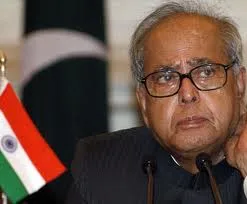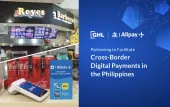
Electronic fund transfers in India to become free
The Indian government urged the Reserve Bank to find a way in making electronic fund transfers free of charge.
These suggestions were made by Finance Minister Pranab Mukherjee in his address at a meeting with chief executives of the public sector banks.
At present, banks charge between Rs 5 to Rs 55 for electronic transfer of funds from account of one bank to another through National Electronic Fund Transfer and Real Time Gross Settlement.
Cost free electronic transaction would encourage customers to use this medium for inter-bank as well as intra-bank fund transfer across the country.
The move would also help reduce cash movement and cash transaction, a senior official of a public sector bank said.
For outward transactions under RTGS mechanism, banks charge Rs 30 for electronic transfer of Rs 2 lakh to Rs 5 lakh and Rs 55 for amounts above Rs 5 lakh.
On the other hand, under NEFT the charges range between Rs 5 and Rs 25.
Mukherjee noted that the Oriental Bank of Commerce has waived all charges for electronic transactions up to Rs 1 lakh.
For more.
















 Advertise
Advertise






